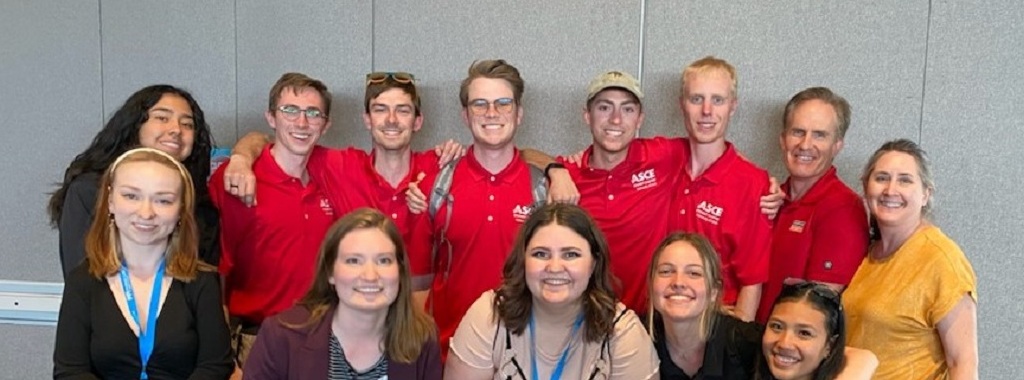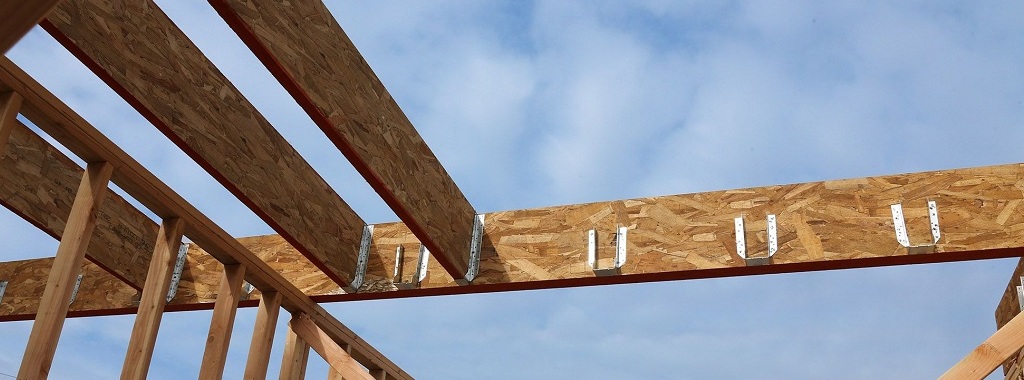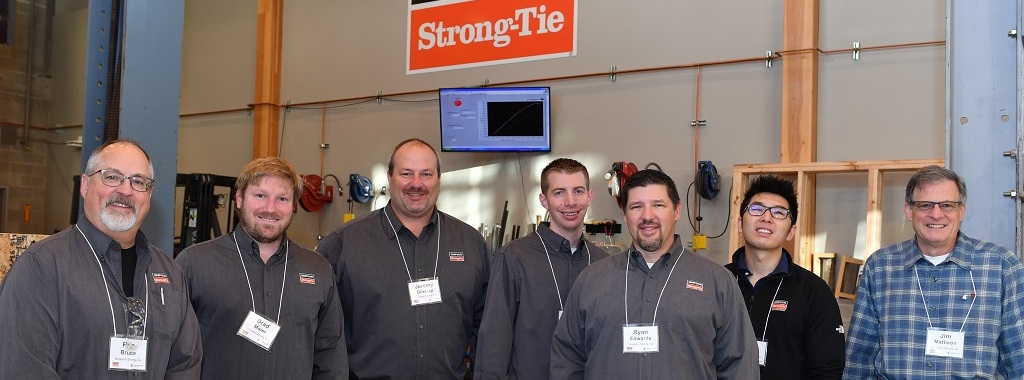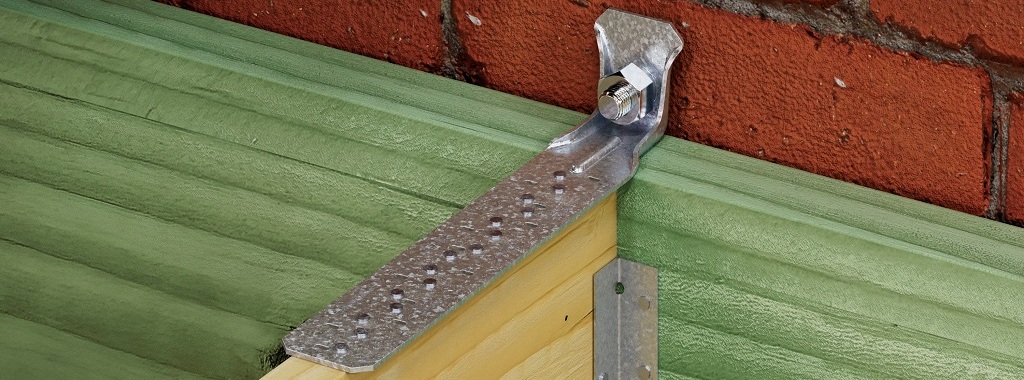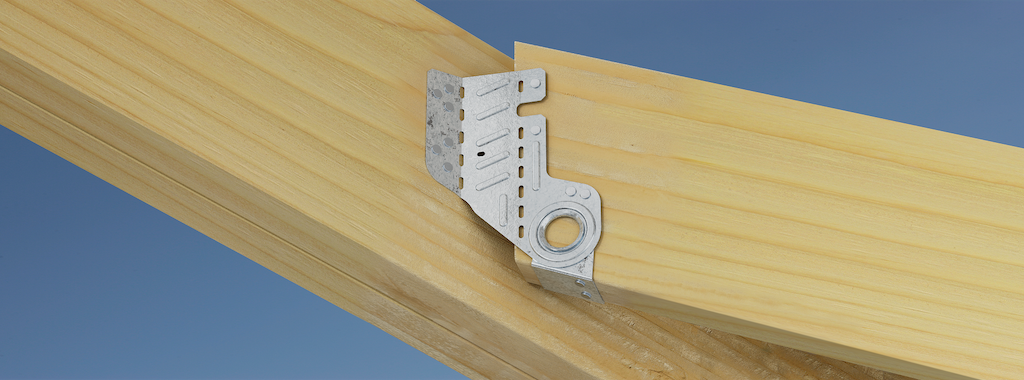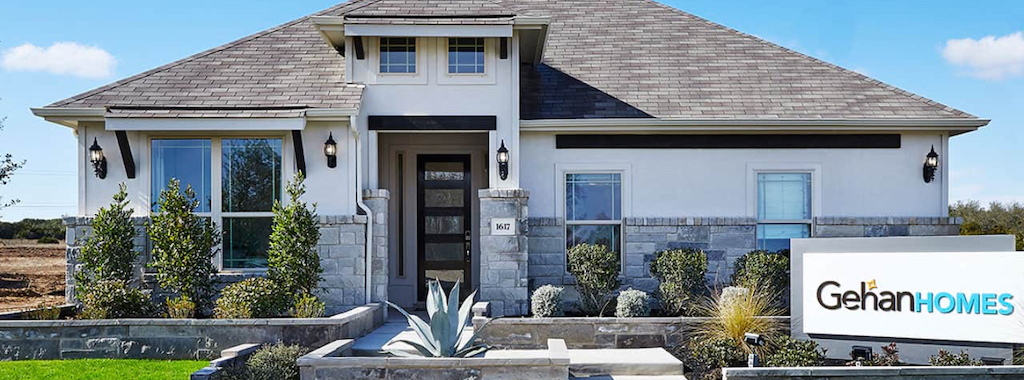In this blog post Jacob Cipollini, a civil engineering student from the University of Utah, shares his experience participating in this year’s Timber-Strong Design Build Competition.
I’m Jacob Cipollini, a junior civil engineering student at the University of Utah. Our American Society of Civil Engineers (ASCE) student chapter recently won the Timber-Strong Design BuildSM Competition at the ASCE Intermountain Southwest Student Symposium. This event was sponsored in part by Simpson Strong-Tie. Continue Reading

